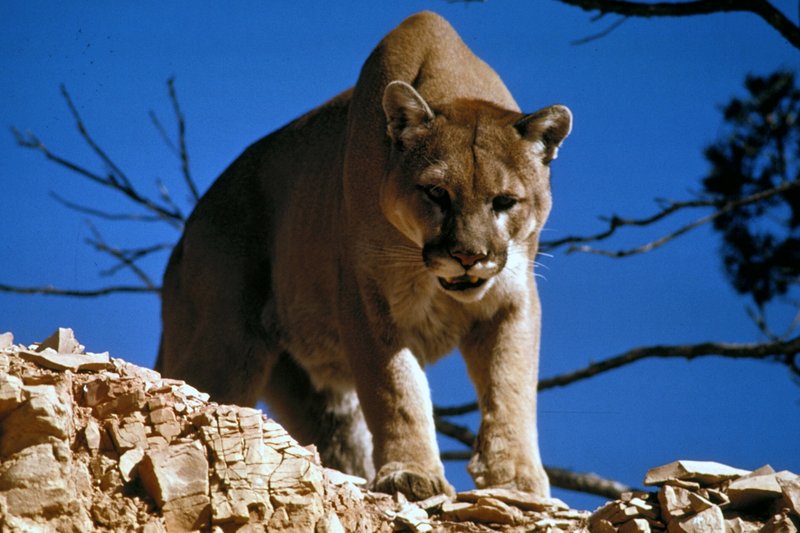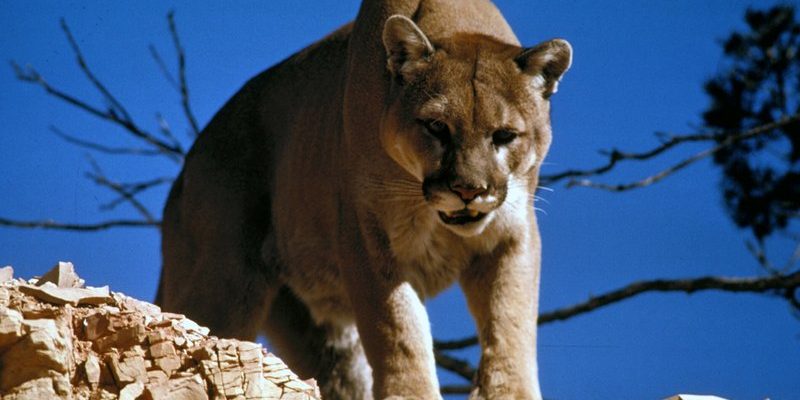
In a world where technology often distances us from nature, understanding how the mountain lion is depicted in folklore can be like finding a thread that ties us back to our roots. It reveals how different cultures have viewed these powerful creatures and what they symbolize. From Native American myths to modern media, the mountain lion plays different roles, sometimes revered and at other times feared. Let’s explore this rich tapestry of representation in culture and folklore.
The Mountain Lion in Native American Folklore
The mountain lion occupies a prominent place in Native American folklore. Many tribes view this big cat as a powerful symbol. For instance, in Lakota culture, the mountain lion is revered as a guardian. They believe that this animal possesses the spirit of strength and courage, representing the warrior within. Stories of mountain lions often portray them as protectors of the land, guiding and teaching the people.
Each tribe has its unique stories. The Kumeyaay people of Southern California tell tales where the mountain lion acts as a teacher, imparting valuable lessons about respect for nature and balance within ecosystems. These stories often emphasize coexistence with wildlife, showcasing the deep respect Native Americans have for the mountain lion and its role in maintaining harmony in the natural world.
Moreover, some legends hint at the mountain lion’s ability to transform into a human. This shapeshifting ability symbolizes the close relationship humans have with nature, suggesting that we are not separate from it, but rather an integral part of a larger existence.
Mountain Lions in European Folklore
When we shift our focus to European folklore, we find a different perspective. In many old tales, mountain lions are often painted as fearsome beasts representing danger and unpredictability. Their portrayal typically reflects a mix of admiration for their strength and fear of their predatory nature. For instance, in medieval European stories, they were often depicted as symbols of untamed wilderness, representing the wildness that civilization sought to tame.
Interestingly, mountain lions occasionally feature in heraldry, where they represent bravery and fierceness. For instance, in some coats of arms, they symbolize the power and courage of those who wear them. This duality—both revered and feared—shows how humans have complex relationships with these magnificent animals.
Another angle is seen in folktales where the mountain lion plays the role of a trickster or a cunning character. These stories focus on the cleverness of the mountain lion and how it often outsmarts other animals, providing lessons in wit and intelligence.
Modern Representations of the Mountain Lion
Fast forward to today, and the mountain lion still captures our imaginations, now appearing in various forms of media and popular culture. In films, books, and even video games, mountain lions are often depicted as symbols of freedom and wilderness. They appear as heroic characters, embodying the raw spirit of nature and the struggles of coexistence with humanity.
Movies like *The Ghost and the Darkness* showcase mountain lions not only as fierce predators but also as misunderstood beings fighting for survival. This portrayal challenges viewers to reconsider their perceptions of these creatures and recognize the complexities of their existence. Documentaries have also highlighted their behavior and habitat, promoting awareness and appreciation for mountain lions in a more realistic light.
Moreover, in the realm of conservation, the mountain lion has become a symbol of the fight to protect wildlife. Many organizations leverage its image to raise awareness about habitat preservation and the importance of biodiversity. They emphasize that saving the mountain lion also means protecting the ecosystems they inhabit.
Mountain Lion Symbolism in Art and Literature
In art and literature, the mountain lion emerges as a powerful symbol of strength and freedom. Artists often depict these magnificent creatures in dynamic poses, capturing both their grace and ferocity. These representations invite viewers to reflect on their own wildness.
Literature also embraces the mountain lion as a strong metaphor. In many poems and stories, the mountain lion represents the indomitable spirit of nature, reminding us of the beauty and power of the wild. Writers use this imagery to evoke emotions of awe, fear, and respect—feelings we often have when we confront nature in its rawest form.
Furthermore, the mountain lion’s symbolism extends into the world of tattoos and personal totems. Many people choose to ink these animals on their bodies as emblems of courage, resilience, and independence. It’s a way for individuals to connect with the spirit of the mountain lion, embracing its qualities as part of their identity.
Mountain Lions in Mythology
In various mythologies, mountain lions are often featured as powerful figures. They are not merely animals but embody the essence of the divine in certain cultures. In South American folklore, the mountain lion appears in stories as a protector of the underworld, guarding sacred places and ensuring balance in the spirit world.
The Inca viewed the mountain lion as a majestic being associated with the sun and power. They believed that the mountain lion carried the souls of the dead to the afterlife, showcasing its significance beyond the physical world. Such myths highlight the mountain lion’s role as a bridge between different realms of existence, giving it a sacred status in many cultures.
These mythological tales often serve as moral lessons, teaching respect for nature and the understanding that every creature has a purpose in the grand tapestry of life. They remind us of our connection to the wild and the need to honor it.
Conservation and Cultural Significance Today
Today, the mountain lion stands at the crossroads of cultural reverence and conservation efforts. With their habitats threatened by urbanization, these majestic creatures need our support. Many communities recognize the cultural significance of mountain lions and advocate for their protection.
In recent years, wildlife corridors have been established to help ensure safe passage for mountain lions across fragmented landscapes. This not only helps preserve their populations but also maintains the cultural and ecological fabric that these animals represent.
Moreover, educational programs aim to teach younger generations about the importance of mountain lions and their roles in ecosystems. These initiatives foster a sense of responsibility and encourage respect for wildlife, helping to bridge the gap between humans and nature.
The mountain lion is not just a creature of the wild; it is a symbol deeply woven into the fabric of our cultural narratives. From Native American legends that honor its strength to European tales that instill caution, the mountain lion represents a complex relationship with nature.
As we continue to explore its representations in modern media, art, and mythology, we see that the mountain lion carries a legacy of power, freedom, and respect. Embracing this spirit can inspire us to reconnect with the natural world and appreciate the beauty and significance of the creatures with whom we share this planet.
In a world that often forgets the wildness around us, let’s carry forward the stories of the mountain lion, celebrating its essence and advocating for its protection.

